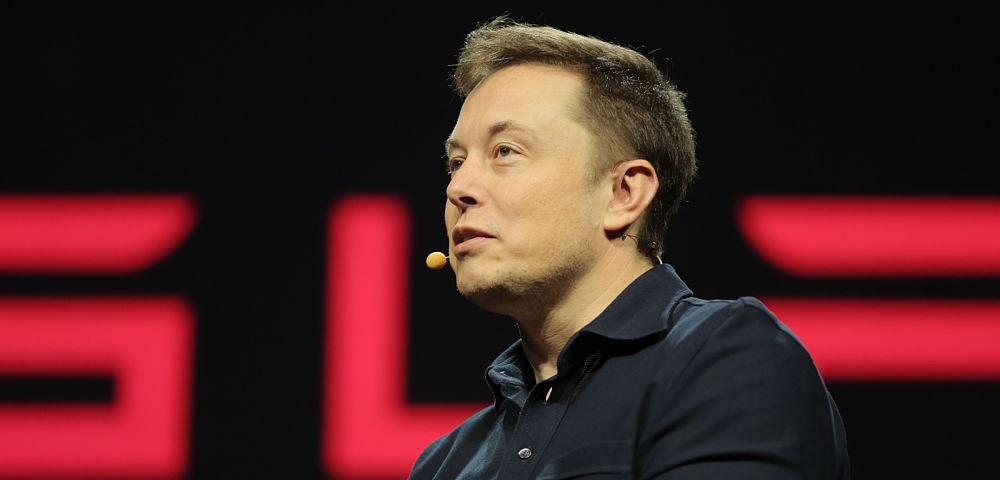Death by Algorithm: Why Elon Musk Is Right on “AI Is Far More Dangerous Than Nukes.”

Authors Note: This is a commentary to Elon Musk’s speech at South by Southwest conference where he said, “That the danger posed by runaway artificial intelligence is bigger than the threat of nuclear warheads: Mark my words. AI is far more dangerous than nukes.”
Since the beginning of time, humans have operated by algorithms, or “rules of thumbs.” They just didn’t call them by that name. Yet, practically everything we do is through building and using a means to a process or rule of thumb. This is also known as algorithms. Businesses use them by the name of processes and procedures to help codify operations and services.
In the book Knowledge Engineering: Business Applications of Artificial Intelligence, the author wrote, “In designing any AI system, there is a balance between using a hard approach, which takes the form of heuristics, algorithms, or other prepackaged material, and the soft approach, which involves hunches, guesses, or hearsay. The emphasis of many expert systems takes the form of rule-based phenomenon. Cold, calculated, known approaches appear to be the most successful strategies for expert systems. This is due to the need for precise and either logical or fact-supported experiences.”
Beyond that fact, computer algorithms—now often-called as artificial intelligence, or as Turing would call them, machine intelligence—is increasingly pervasive in every aspect of our lives. Certainly, credit ratings, loans, jobs, medical services, performance evaluations and more operate by rules set forth by “others” in these expert systems to build and manage business algorithms. These “others” work for businesses and agencies that now rule your lives. Importantly, if properly designed and maintained, an expert system can perform at or near the level of a human expert.
The key issue is that an expert system is a machine and the nature of the algorithm. Current systems often have the constraints of the background and limitations of its creator-designer, and the skill and knowledge of the person who uses it. Presently, most expert systems fail because:
(1) They require too much expertise from the use. That is, it takes an expert to use an expert system.
(2) They solve only certain classes of problems—help you make chicken gumbo soup but not cream of chicken soup.
An expert system must have a diverse background reference to be effective, as opposed to an incredible ability to be efficient. Expert system algorithms reflect the rule-based side of decision-making; mathematical models, formulas, algorithms, and heuristics can easily be applied, allowing expert systems to be developed and efficiently utilized. Where management or office procedures dictate a certain realm of finite possibilities to the decision makers, an expert system can be a vital management tool.
Expert systems are more like productivity aids than truly intelligent software systems. They are tools that help managers improve the flow of information. These AI-assisted “power tools” provide an effective means for improving understanding, problem-solving, or decision-making. These capabilities suggest that a wide range of expert systems will be developed to guide clerks using HR systems, help engineers with design, and aid doctors in diagnosis. A manager might also use such a tool to develop new models for organizational development, training, and policy analysis.
Yet, on the negative side, they make decisions not on the real value a person can bring to the organization, but arbitrary reasons which kick your resume to the trash can. Moreover, as organizations grow and people change within the organization, there is really no system that can truly quantify a person’s suggestion or idea that saves the company hundreds of thousands of dollars or changes the way the customer experience is enhanced. More likely, the person will not get the promotion because their manager doesn’t like them and is jealous of their innovation, or some other very human reason.
In addition, as experts run their algorithms, more internal organizational strife will emerge. As we have seen with so many large companies, their “organizational velocity” slows down and often halts until there is the perennial reorganization. These reorgs are generally thought to bring no real benefit, but just like controlled forest fire burns, they clear out the deadwood. However, as the organizational adds more expert systems to their organizational apps, reorgs may become impossible because the algorithm now runs the business.
In addition, these expert systems have replaced many key people and now executives have less control over their operations, further limiting the ability of the organization to have any agility. These expert systems also require significant amounts of investment in staying current, much less gaining on changing customer and marketplace conditions. The expert systems’ legacy investment, like traditional legacy, consumes more and more financial resources without any certainty of ROI or benefit to the company. The experts who built these expert systems can become obsolete and eliminated, and those who maintain the systems are more like “dishwasher repairmen” who can replace “bolts,” but lack the training to enhance them. Add in any internal or external cyberattacks of any kind and death occurs even faster.
In the end, the organization and all the people have been killed by the systems they’ve built. In other words, death by algorithm.
By Evan Kirstel @evankirstel



